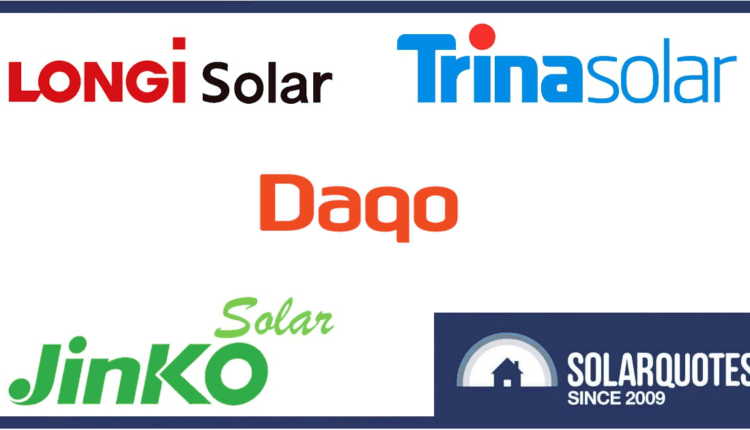The sales of large Chinese solar manufacturers are collapsing
In recent weeks there have been numerous financial and delivery reports from some of the largest solar companies in China and the world. Here’s how some fared during the solar rollercoaster’s steep decline (in terms of sales).
Daqo – “Significant Challenges”
In late August, polysilicon producer Daqo announced its unaudited financial results for the second quarter of 2024, reporting polysilicon production volume of 64,961 tonnes (MT) for the period compared to 62,278 MT in the first quarter of 2024. However, in the second quarter of 2024, revenue was $219.9 million, compared to $415.3 million in the first quarter. This was partly due to an average polysilicon selling price of $5.12/kg, compared to $7.66/kg in the first quarter of 2024.
Looking back even further, the average selling price was $12.33/kg in the second quarter of 2023 and $27.83/kg in the first quarter of 2023.
That wasn’t good news in itself, but it was made worse by the average total production cost of polysilicon in Q2 2024 of $6.19/kg – $1.07 *more* than the average selling price.
Commenting on the results, Xiang Xu, CEO of Daqo New Energy, said:
“The solar industry faced significant challenges in the second quarter as market prices across the solar value chain fell below the production costs of almost the entire industry.”
Daqo has adjusted its target production range for the third quarter downward to 43,000 to 46,000 tonnes and for the full year to 210,000 to 220,000 tonnes – previously it was 280,000 to 300,000 tonnes.
Longi – “Strong resilience”
Solar wafer, cell and panel manufacturer Longi released its half-year report for 2024 in the last week of August. In the first half of 2024, the company achieved sales of 38.529 billion yuan (64.652 billion in the first half of 2023). Silicon wafer shipments (external sales) totaled 21.96 GW, compared to 22.98 GW in the first half of 2023, while external solar cell sales reached 2.66 GW – a decrease from the 3.28 GW in the same period of the previous year. Longi solar module shipments totaled 31.34 GW, up from 26.64 GW in the first half of 2023.
Longi chose to be positive about the results, stating:
“Despite the significant decline in industrial chain prices and inventory reserves, the company has demonstrated strong resilience and adaptability in the market.”
Trina Solar – profitable
Trina released its financials for the first half of 2024 in the last week of August, reporting revenue of $6.047 billion, compared to $7.13 billion in the same period last year. The company says it made a net profit of $74.058 million in the first half of 2024.
The company shipped 34 GW of Trina Solar modules, up 25.9% compared to the same period last year. In addition, 1.7 GWh of DC container and Trina battery storage systems and 3.2 GW of solar mounting systems were delivered.
JinkoSolar – “Always irrational prices”
JinkoSolar reported on August 30 its unaudited financial results for the second quarter ended June 30, 2024. While total revenue rose 4.4% year over year to $3.31 billion, it was down 21.6% year over year. Quarterly shipments of JinkoSolar modules were 23,822 MW, up 34.1% year-on-year, and 1,496 MW of cells and wafers were shipped.
On his comments on the company’s (and industry’s) performance; Mr. Xiande Li, Chairman and Chief Executive Officer of JinkoSolar, said:
“The oversupply and increasingly irrationally low prices along the supply chain that have plagued our industry for some time are now being addressed through market forces and government and industry control measures.”
The CEO says the company expects module shipments to be between 23.0 GW and 25.0 GW in the third quarter of 2024.
Will the prices for solar modules fall significantly?
Cutthroat competition may have Chinese manufacturers crying in their baijiu – and manufacturers elsewhere in their respective national alcoholic beverages – but end users benefit price-wise from cheaper solar panels.
At some point, however, something has to give – and that could be the case now.
This situation makes it even more important to choose solar panels wisely as some manufacturers may not survive this. It could also be a worrying time for some local importers/installers as they may be fully reliant on the warranty in the event of a manufacturer going bust.
If you have to wait a little longer to see if panel prices continue to drop, the best time to install a solar power system is usually now. Waiting means utility bills will be much higher in the meantime than they would otherwise be, and any potential savings from withholding could be eaten up by the difference.



Comments are closed.